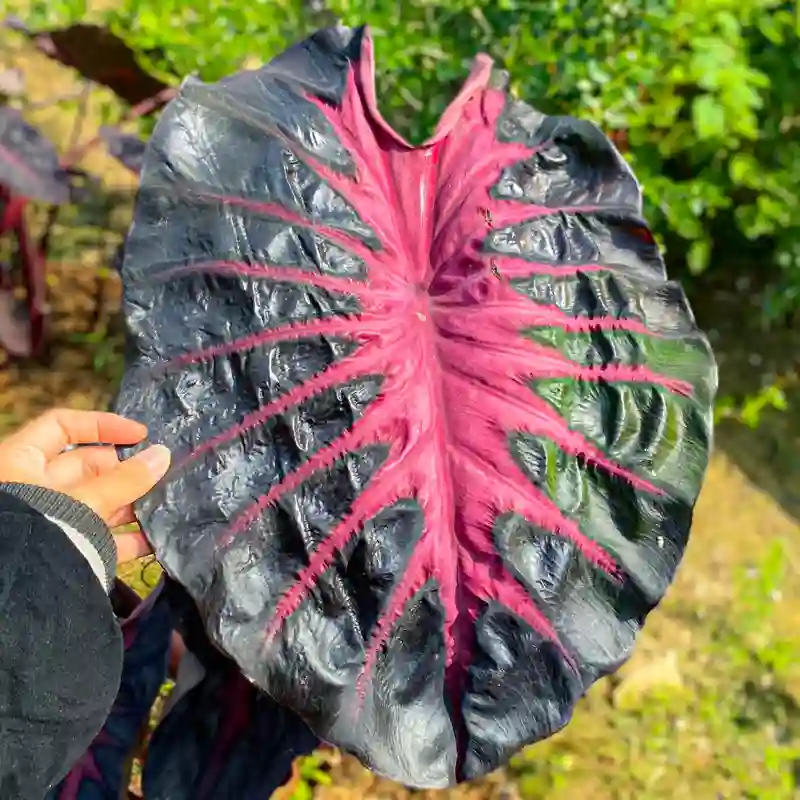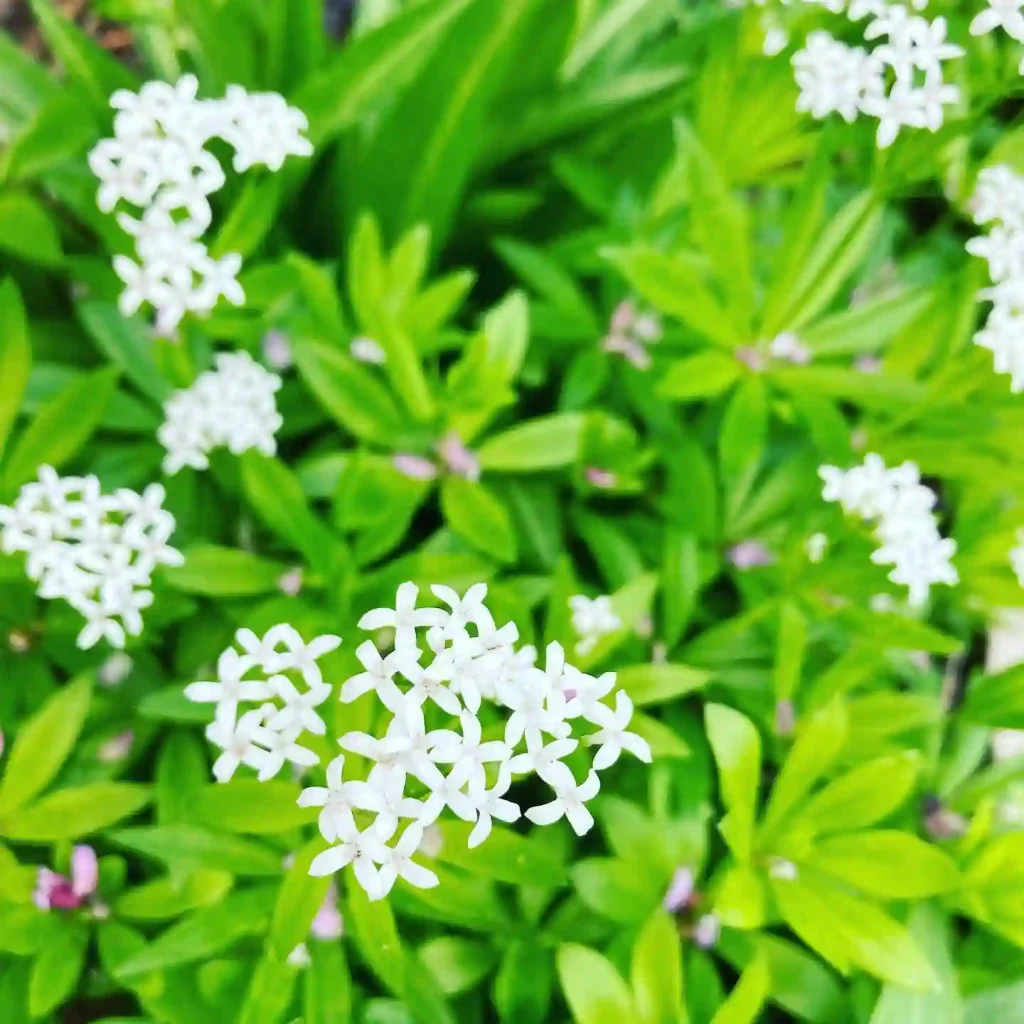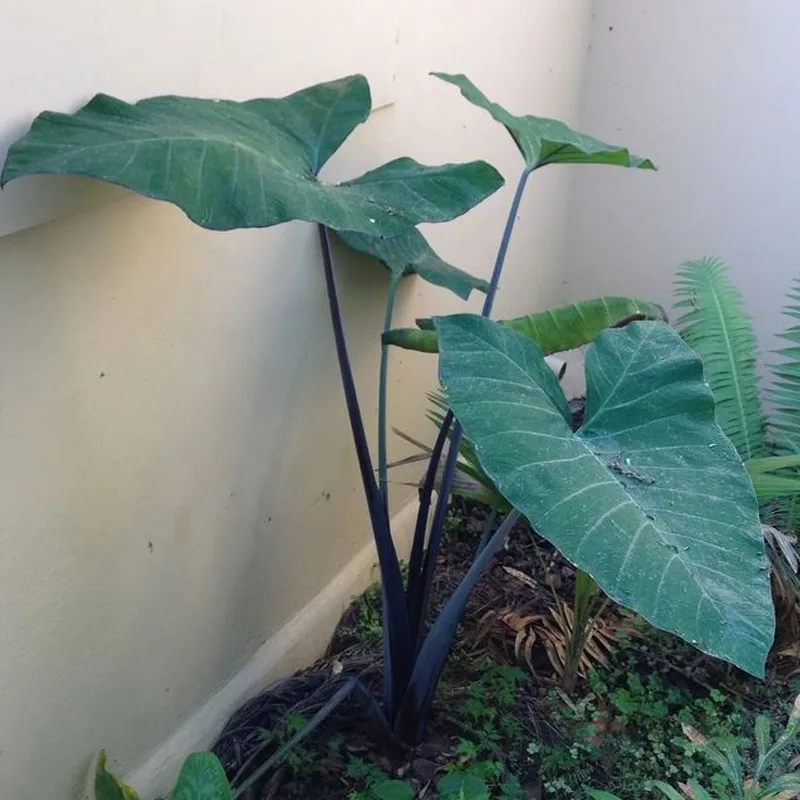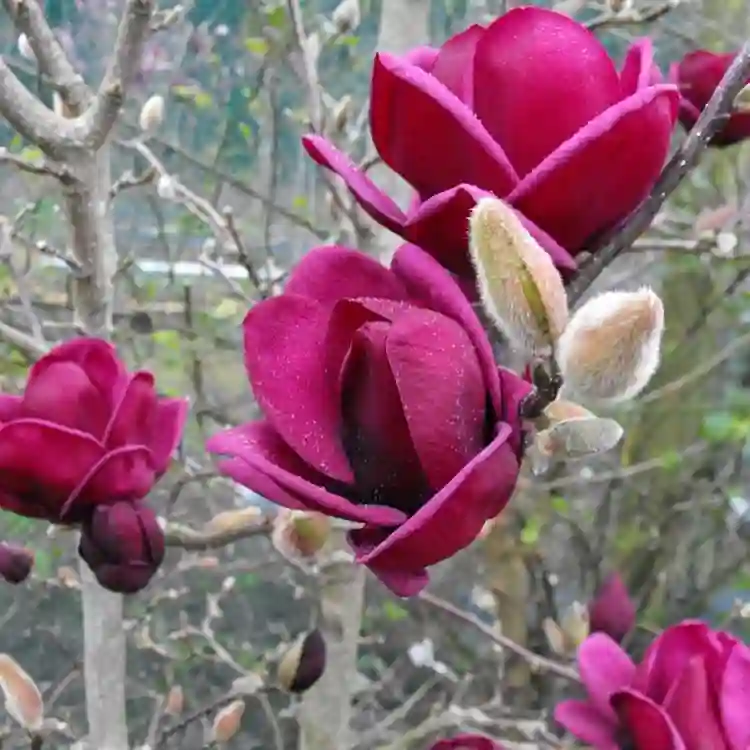FAQs of Convolvulus Arvensis
When it comes to dealing with Convolvulus Arvensis, also known as Field Bindweed, there are several common questions that often arise. As someone who has tackled this persistent plant firsthand, I’ll share my insights and experiences on how to manage it, its toxicity, and how it compares to similar plants.
209 Species in Genus Convolvulus
What is Convolvulus Arvensis?
Convolvulus Arvensis is a creeping perennial weed that thrives in a variety of environments. Its heart-shaped leaves and white to pink trumpet-shaped flowers make it visually appealing, but don’t let its charm fool you. This plant is notorious for its vigorous growth and its tendency to invade gardens, lawns, and agricultural fields.
How to Get Rid of Convolvulus Arvensis?
Dealing with Convolvulus Arvensis can be quite challenging. Here are a few methods that have worked for me:
- Manual Removal: Pulling the plant by hand can be effective, especially if you ensure you remove the entire root system. This is crucial because even small fragments left in the soil can regenerate.
- Mulching: Applying a thick layer of mulch can suppress the growth of Convolvulus Arvensis by blocking sunlight and smothering the weeds.
- Herbicides: Systemic herbicides can be used to target Convolvulus Arvensis, but be careful. Make sure to choose a herbicide that is effective against this weed and follow the application instructions closely to avoid damaging desirable plants.
- Regular Monitoring: Regularly check your garden or lawn for any signs of regrowth. Early intervention can prevent a small problem from becoming a larger one.
Is Convolvulus Arvensis Poisonous?
No, Convolvulus Arvensis is not considered poisonous to humans or animals. While it’s generally safe in terms of toxicity, its aggressive growth can cause problems for your garden or lawn, outcompeting other plants and disrupting ecosystems.
Convolvulus Arvensis vs Calystegia Sepium
Convolvulus Arvensis is often confused with Calystegia Sepium, also known as Hedge Bindweed. Both plants belong to the Convolvulaceae family and share similar characteristics, but there are key differences:
- Appearance: While Convolvulus Arvensis has smaller, heart-shaped leaves and more delicate flowers, Calystegia Sepium tends to have larger leaves and more robust flowers. The flowers of Calystegia Sepium also typically have a more pronounced, bell-like shape.
- Growth Habit: Convolvulus Arvensis tends to spread horizontally and can form dense mats, while Calystegia Sepium may grow more upright and can reach greater heights.
- Management: Both plants can be quite invasive, but their control strategies might differ slightly due to their growth habits and flower structures.
How to Care for Convolvulus Arvensis?
If you’re looking to grow Convolvulus Arvensis as part of your garden, you’ll need to provide it with plenty of sunlight and well-drained soil. This plant thrives in full sun and is relatively drought-tolerant once established. However, due to its invasive nature, I recommend carefully managing its spread and regularly pruning to keep it under control.
How to Propagate Convolvulus Arvensis?
Convolvulus Arvensis can be propagated from seeds or by division. To propagate from seeds, sow them in well-drained soil in early spring. Ensure that the seeds are lightly covered, and keep the soil moist until they germinate. For division, you can separate established plants and replant the sections in new locations.
What to Plant with Convolvulus Arvensis?
Due to its invasive nature, Convolvulus Arvensis can overshadow other plants. If you’re determined to include it in your garden, consider pairing it with robust, fast-growing plants that can compete for resources. Some options might include hardy perennials or ground covers that can tolerate and outcompete the bindweed.
Can You Grow Convolvulus Arvensis Indoors?
While Convolvulus Arvensis is typically grown outdoors, it can be grown indoors in a controlled environment. If you choose to do so, provide it with ample sunlight and a large container to accommodate its spreading nature. Be prepared to manage its growth to prevent it from becoming a nuisance.
Benefits of Convolvulus Arvensis
Despite its invasive qualities, Convolvulus Arvensis has some benefits. It can be used for ground cover in areas where you want to suppress other weeds. Additionally, its flowers can attract pollinators, which can be a positive aspect for a garden ecosystem.
Common Problems with Convolvulus Arvensis
One of the most common problems with Convolvulus Arvensis is its tendency to become invasive. It can quickly overrun garden beds and compete with other plants for nutrients and water. Managing its growth and ensuring it does not spread uncontrollably is crucial to maintaining a healthy garden.
In summary, while Convolvulus Arvensis can be a beautiful addition to a garden, its invasive tendencies require careful management. Understanding its characteristics and implementing effective control strategies will help keep this plant in check and ensure it does not overshadow other elements of your garden.
If i die, water my plants!



